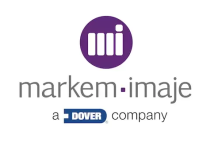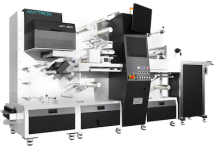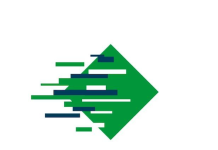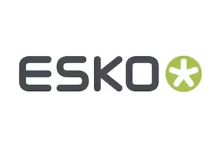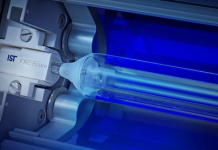Sander Sondaal, Director of Commercial Print Sales at Ricoh Europe, outlines why digital inkjet is the next step for many Print Service Providers (PSPs).
Investing in digital inkjet production versatility and addressing the shortage of skilled staff were identified as key takeaways from visitors at drupa who were exploring the best next steps for their operations.
PSPSs were looking for ways to stay competitive. Growth and profitability were also top concerns, especially in light of new legislation that could result in financial penalties for non-compliance such as the EU Regulation on Deforestation-free Products (EUDR) and the Extended Producer Responsibility (EPR). Some were already gearing up for inkjet projects, highlighting the urgency of transitioning to digital from analogue.
They were encouraged by the knowledge that all major manufacturers are now developing B2 sheetfed digital inkjet engines. In fact, digital inkjet technology, both B2 and high speed webfed, was seen as a strong alternative to offset as it responds to the increased requirement for versatile print on demand while at the same time the latest systems deliver offset-level quality as well as flexible production capabilities.
The Advantages Of Digital Inkjet
Flexibility and versatility: shorter print runs and faster turnaround times cater to the increasing demand for personalised and on demand printing.
Cost efficiency: lower setup costs and reduced waste support the cost effective production of small to medium print jobs.
Ease of use: less manual intervention is required for easier operation and efficient maintenance.
Supporting new business models: new ways of working can include the reallocation of offset work, taking on shorter runs and eliminating costly setup processes. Work can also be consolidated from multiple toner devices to deliver superior products to meet tighter turnaround times for greater efficiency and profitability.
Conversations also explored how inkjet technology offers lifetime stability of inkjet print heads, durability of ink, media flexibility of a broad range of types and sizes, and fast drying and flexible finishing compatibility. They focused on how repetitive tasks in product identification, location, routing and logistics could be mitigated. They expanded on how ease of setup, operation and maintenance help PSPs find operators as it is easier to attract team members to digital production.
The overarching message was clear: the transition from analogue to digital printing is being driven by high speed inkjet technology thanks to advances in automation, media versatility and environmental performance.
By embracing digital inkjet, PSPs can position themselves for growth and success in the evolving printing landscape. To help operations move from offset to digital, PSPs can explore the newest technologies as they investigate their next steps, and ensure they adhere to the latest legislation and environmental requirements and reduce their carbon footprint.






